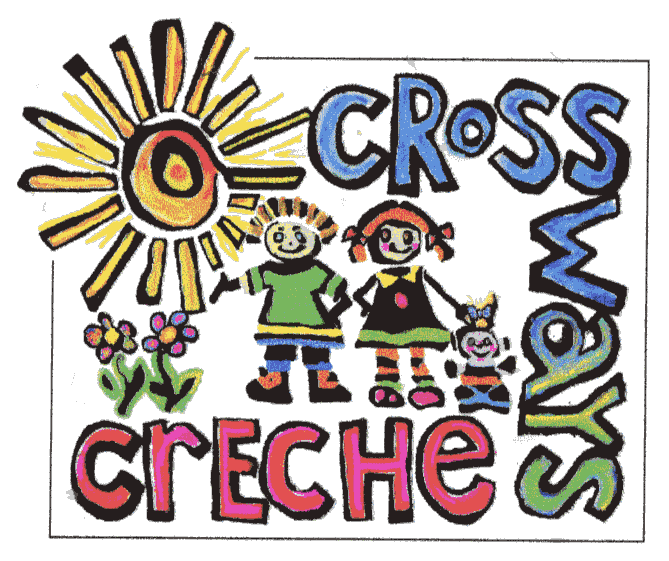Also see: Bicultural Curriculum statement
Rationale: (why do we need this policy?) Te Tiriti o Waitangi, New Zealand’s founding document, underpins the bicultural heritage of Aotearoa and gives guidance to our educational aspirations for all children. Crossways Community Crèche Early Learning Centre is committed to honouring the unique place of Māori as tangata whenua and the principle of partnership inherent in Te Tiriti o Waitangi, including the right to participation, protection and self-determination.
Objective: (what do we hope this policy will achieve)
- To ensure the Treaty principles of partnership, protection and participation are enacted in the teaching practice, decision making, and the learning environment.
- To provide an environment in which Māori learners develop a strong sense of identity, self-worth and achieve education success as Māori.
- To provide opportunities for Māori to voice their aspirations, and to listen and respond in a climate of collaboration and genuine power sharing (rangatiratanga)
- To support all children to develop a New Zealand identity by having an appreciation of te reo Māori me ngā tikanga Māori as a living and relevant way of knowing, being and living in Aotearoa.
Guidelines (how will we achieve it)
- Our learning community will provide and seek ongoing support to ensure we understand and acknowledge the histories, heritages, languages and cultures of partners to Te Tiriti o Waitangi.
- Collaboration will include creating ways for whānau, hapū, iwi, Māori organisations and communities to contribute to what and how Māori students learn in our environment. Relationships will be established and maintained with mana whenua iwi and hapū in which we seek guidance and support.
- To effectively address the educational aspirations of tamariki Māori we will consult their whānau, respond to their hopes and visions for their child and we will have high expectations for their child’s learning. Māori learners will be empowered to learn as Māori.
- Teachers will have an understanding of te ao Māori and the role of whānau, hapū and iwi in Māori pedagogy and actively seek their contribution to the programme.
- Teachers will have ongoing support to enhance and deepen their knowledge and understandings of te reo Māori me ngā tikanga through professional development.
- Māori ways of making sense of the world and of respecting and appreciating Te Ao Mārama (the natural world) will be respected and honoured. Honouring the sense of place by giving tamariki the opportunity to have tūrangawaewae. With tūrangawaewae comes the responsibility of kaitiakitanga or guardianship of the natural world. Through exploring Māori creation stories young learners can explore Te Ao Mārama and gain insights into the natural world and understandings of the Māori word view. Through the Māori worldview the children can explore their own whakapapa and their own place in the world.
- Our health hygiene and safety practices will reflect kawa that respects tapu and noa concepts.
- Within the daily curriculum, all children will be given the opportunity to develop knowledge and understanding of the cultural heritages of the partners to Te Tiriti o Waitangi | Treaty of Waitangi.
- Teachers will have knowledge of the bicultural expectations in Te Whāriki and use these in assessment, planning and review for learning within our setting.
- Within the daily curriculum experiences we will develop and practise the relevant use of te reo Māori me ngā tikanga-a-iwi in meaningful contexts.
- Activities, stories, and events that have connections with Māori learner’s lives will be an essential and enriching part of the curriculum for all children in our setting.
- Whanaungatanga in our learning environment, is connection and relationships that enhance a sense of belonging for tamariki and their whànau.
- Kotahitanga in our learning environment is working/learning together towards shared common goals. Experiencing Kotahitanga helps tamariki develop a spirit of sharing, togetherness and reciprocity.
- Through Manaakitanga the Kaiako can support children to be welcoming and accepting of one another. With Whanaungatanga the adult can include children from all backgrounds with emphasis on the connection to family and to each other.
By exploring whakapapa children can grow their connectedness to their whenua, tupuna and whānau through whakapapa. This helps the child understand their relationship to the land and to their families which in turn nourishes the mauri of the child.
Glossary: Kawa - protocol Te reo - Language Tikanga – Custom Tapu - ‘restricted, sacred, not to be touched, to be avoided. Noa - free from restriction, safe from tapu, non-sacred Tangata te whenua - people of the land
References Curriculum criterion 5 Acknowledgement of tangata whenua Ministry of Education. (2017). Te whāriki: He whāriki mātauranga mō ngā mokopuna o Aotearoa: Early childhood curriculum. Wellington, New Zealand Ministry of Education (2011). Tataiako: Cultural Competencies for Teachers of Māori Learners. Ministry of Education. Wellington. Ministry of Education (2009). Ka Hikitia - Managing for Success: The Māori Education Strategy 2008-2012, updated 2009. Ministry of Education. Wellington.
Approved date: May 2021 Review date: May 2023